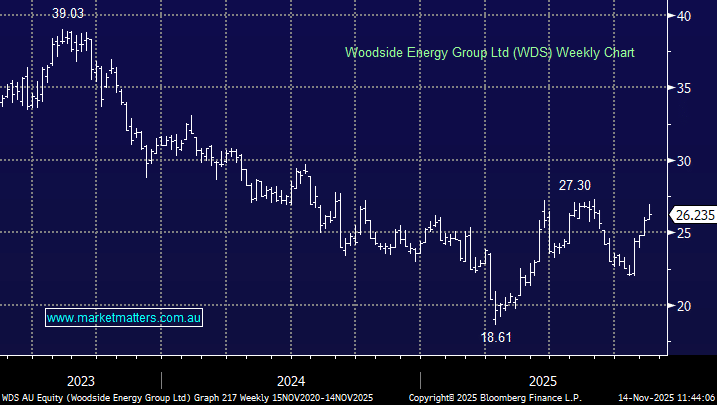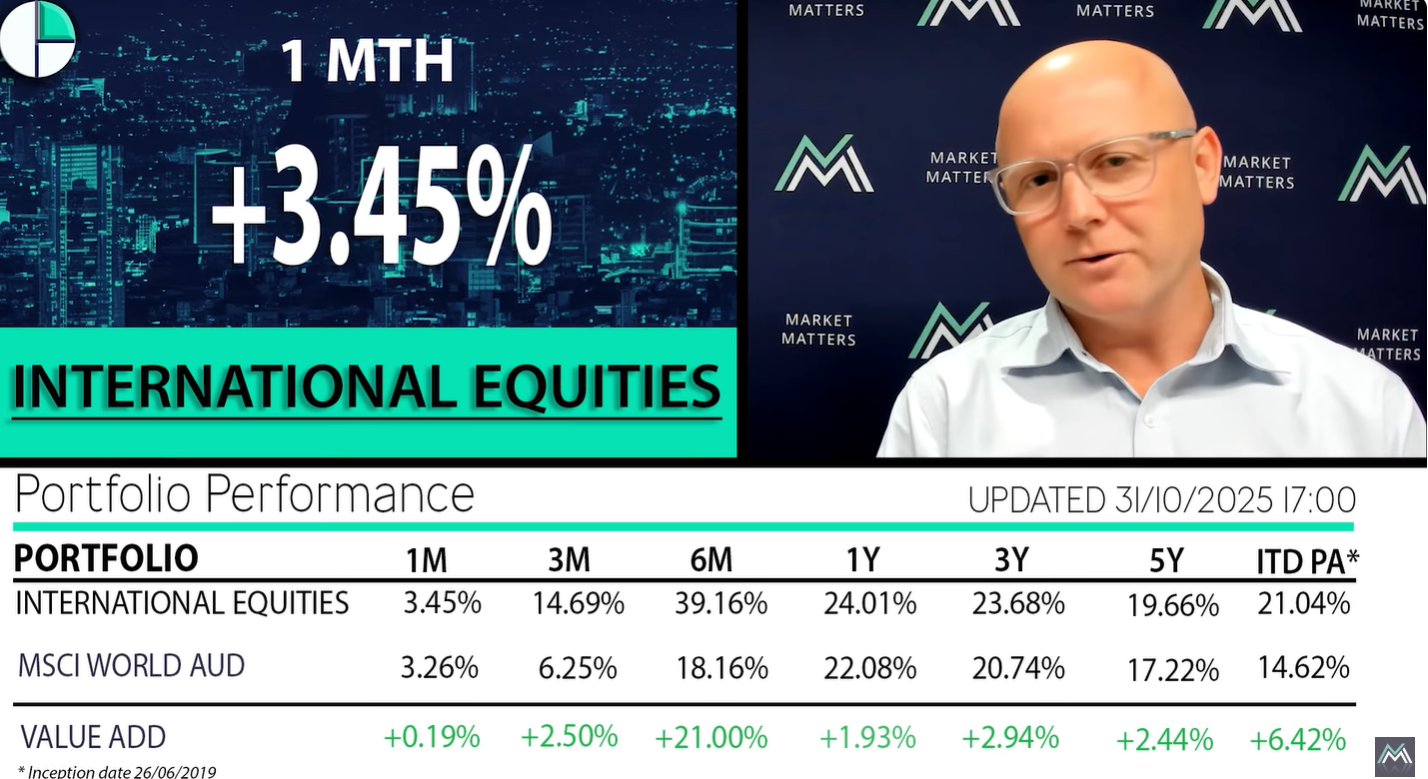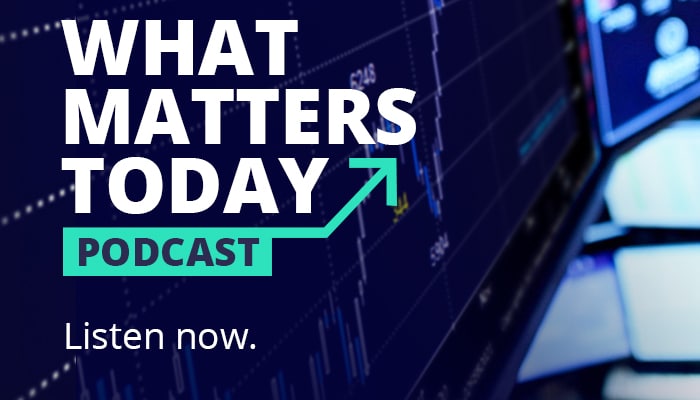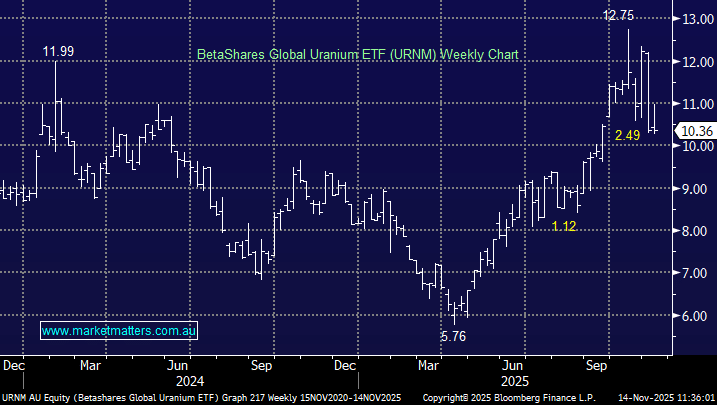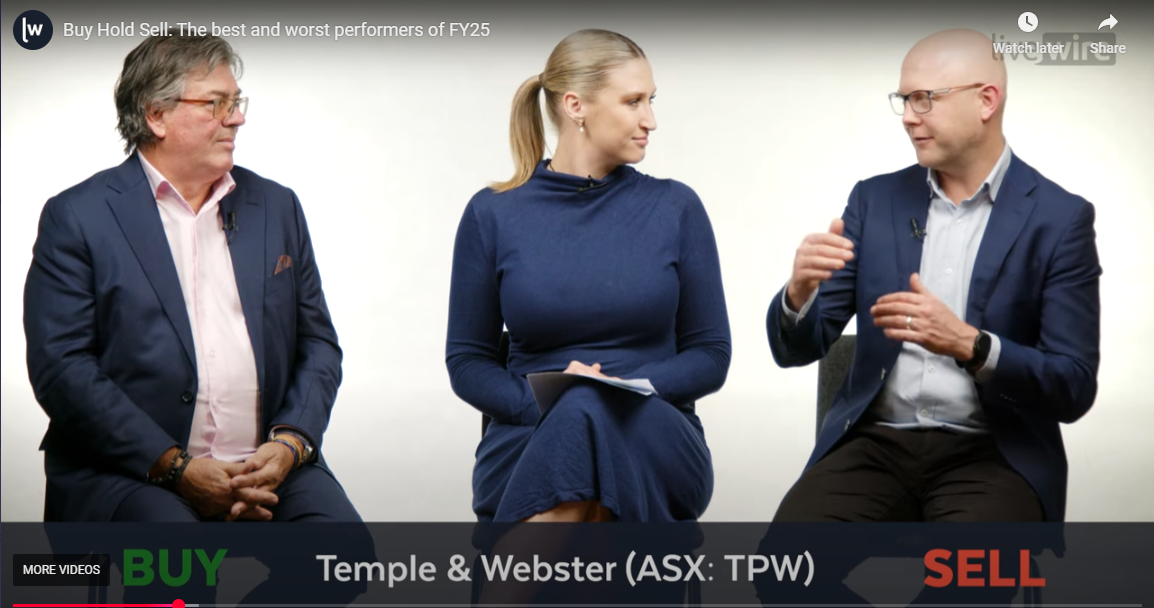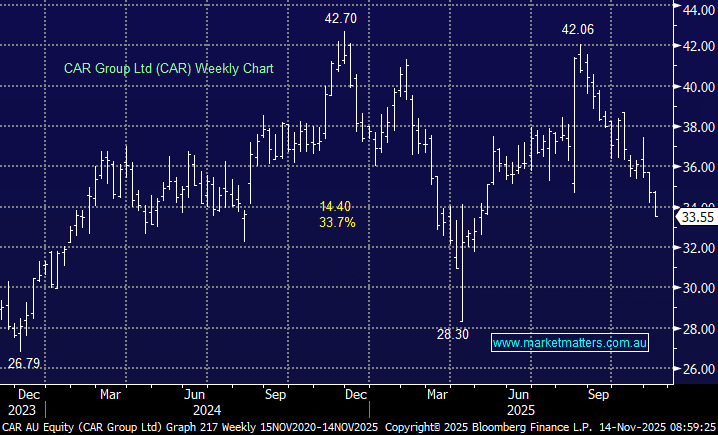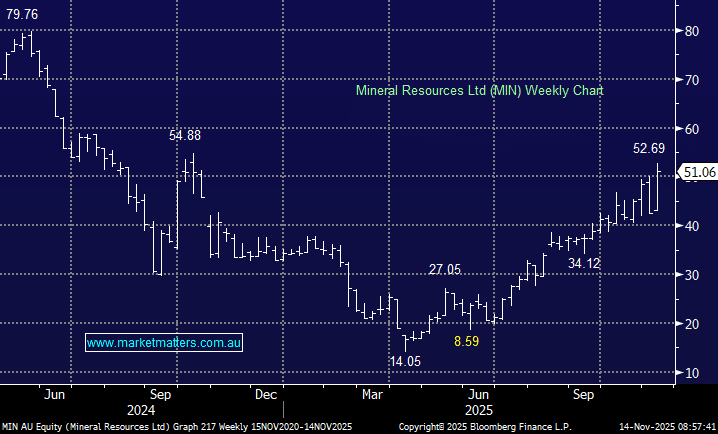Hi Lindsay, the question you are referring to can be found here.
Your observations on ETF’s are spot on. They are certainly not a Ponzi scheme, they are a fund that buys and holds assets on behalf of investors. Some are cheap index trackers, some are active funds. The ETF tag is just a wrapper put around a portfolio.
There is so much going for ETFs which is why you (and many others) use them. One additonal aspect that is worth considering, and a reason why a blend of ETF’s and stock picking combined can be a good strategy is that index tracking ETFs are inherently backward-looking. Most ETFs passively follow an index (e.g., ASX 200, S&P 500), which is constructed based on past market performance, market cap, or sector weightings. They don’t predict where value or growth will come from — they reflect where it has already accumulated. By holding ETF’s, an investor has a momentum biased portfolio. i.e. the more CBA runs, the more the ETF buys, and vice versa if it falls. i.e. buying when it gets more expensive, selling when it gets cheaper. There is also a lag in ETFs adapting to changing market dynamics. By the time themes are heavily represented in ETFs, they may already be late-cycle trades. In short, ETFs simply replicate what’s already known, missing the chance to pre-empt market mispricings.
There is no doubting that ETFs are great for broad, low-cost exposure, but they can’t forecast or make forward-looking judgments, which we think can be a strategic disadvantage if you believe alpha is found in anticipating rather than following.
In terms of CBA, we made the decision to sell in the Income Portfolio becuase it is very expensive. Our rationale was provided (here). We split the funds into two very different stocks, buying Dicker Data (DDR) and Helia (HLI). Instead of selling CBA, selling options over a holding is a strategy that investors could be consider, though best to seek advice around this.
Argo is trading at an attractive discount to it’s asset backing. We like Argo as a low cost listed investment company (LIC), though this is not an index tracker. Their holdings differ from the index, with CBA around a 4.5% weighting. When LIC’s underperform the market, they will often trade at a discount to assets. If we look at the last 5 years returns relative to the market, ARG has underperformed. The chart here excludes dividends for both ARG and the Index, with ARG paying $1.77 of fully franked yield, which is about 5% a year, where as the index pays around ~4%, so the chart does undercook share holder returns, but only by around 5% total. The other point around ARG is it’s very ‘old school’. The last portfolio lookthough we had showed banks at 26%, Mining at 13%, retail at 10%, Insurance at 7%, with very few technology companies.
Our observation is that ARG lags when the market is running hot, but does better when the market struggles, making it a lower risk option for long term investors, with the current underperformance looking like an opportunity.




